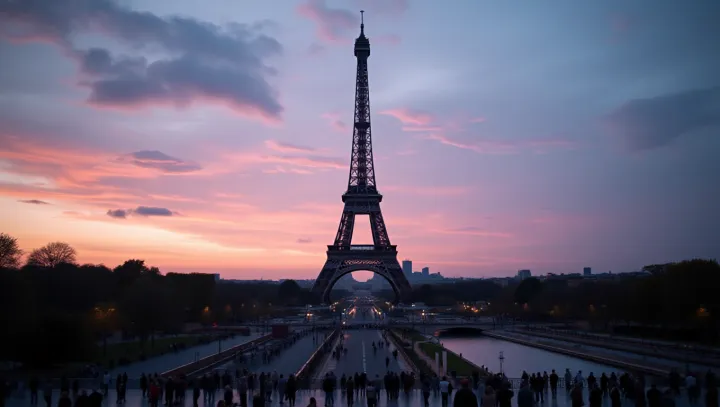Eiffel Tower: A Global Architectural Icon

Situated on the Champs de Mars in Paris, the Eiffel Tower has become an indelible figure in the world of architecture. Initially conceived by Gustave Eiffel’s engineering firm for the 1889 Exposition Universelle, the structure was intended as a temporary installation. However, against the expectations of many, it not only remained but also emerged as one of the most identifiable symbols globally.
The tower's stark industrial design, composed of iron lattice, stood in stark contrast to the prevalent architectural styles of its time. Its construction, which took over two years, overcame substantial challenges and protests from critics who labeled it unsightly. Yet, its unparalleled height and bold aesthetic soon won favor, capturing the imagination of a rapidly modernizing world.
Throughout the ages, the Eiffel Tower has served various purposes, from functioning as a radio transmission tower to becoming a canvas for artists and a testament to technological advancements. Its continuous adaptation and relevance in contemporary culture have only solidified its status as a universal emblem of innovation. Annually, millions of visitors flock to Paris, eager to experience the magnetic pull of the Eiffel Tower, immortalizing it not just in souvenirs, but in cultural consciousness.
